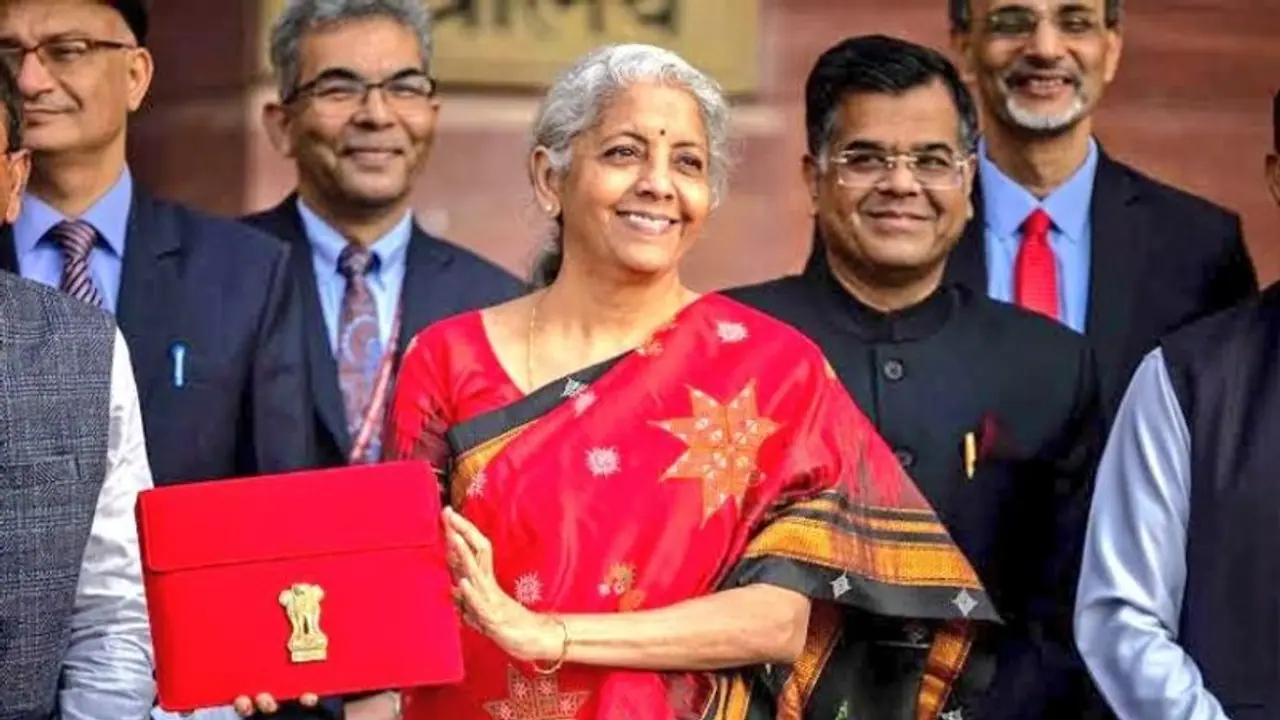In a historic incident dating back to 1950, India witnessed a monumental leak of its national budget even before its scheduled presentation in Parliament, triggering widespread outcry and significant administrative changes.
In the midst of nationwide outrage over recent paper leaks plaguing competitive exams like NEET and government recruitment tests, echoes of a decades-old scandal resurface—a time when even the country's sacred Budget documents were not immune to leaks. While contemporary concerns focus on the integrity of exam papers, the historical leak of India's budget serves as a stark reminder of past vulnerabilities and the enduring measures taken to safeguard critical national documents.

The inaugural Budget of independent India for the fiscal year 1947-1948 was introduced by Union Finance Minister Sir RK Shanmukham Chetty. Prior to its presentation, UK Chancellor of the Exchequer Hugh Dalton disclosed details about the proposed tax adjustments to a journalist, leading to their premature publication before the Budget was officially tabled in Parliament. This revelation sparked widespread outrage, resulting in Dalton's resignation amidst a significant political controversy.
In 1950, another instance of Budget leakage occurred when a section of the Union Budget was inadvertently disclosed during the printing process, which at that time took place at the Rashtrapati Bhawan. The 1950 budget marked a milestone as the first to achieve a surplus, with revenues totaling Rs 347.5 crore and expenses amounting to Rs 337.88 crore. However, following a leak of the budget details and widespread protests over the expanded powers of the former Planning Commission, Finance Minister Matthai was compelled to resign from his position.
Prior to this incident, the Budget was traditionally printed at Rashtrapati Bhavan. However, in response to the leak, a decision was made to relocate the Budget printing operations to a more secure facility on Minto Road, New Delhi, where it continued until 1979. Subsequently, in 1980, the printing operations were further fortified within the basement of North Block, where a high-security environment was established to safeguard against future breaches.
One of the enduring rituals introduced to prevent leaks is the "Halwa Ceremony," which precedes the Budget presentation. During this ceremony, around 100 personnel from the Finance Ministry are sequestered in the North Block basement, where the Budget is printed, under strict security measures. These measures aim to ensure that the details of the Budget remain confidential until their official release in Parliament.
Over the decades, these security protocols have evolved with changing times. Today, the traditional briefcase used to carry the Budget papers has been replaced with a red bag, symbolizing the continuation of this solemn tradition. Moreover, the shift from paper to digital formats has seen the Budget being read from Made in India tablets, marking a modern adaptation in line with technological advancements.
The legacy of the 1950 budget leak has left an indelible mark on India's budgetary process, prompting continuous enhancements in security measures to uphold fiscal confidentiality. As the nation prepares for future budget presentations, the vigilance and protocols established in response to this historic incident continue to play a pivotal role in maintaining the sanctity and secrecy of India's annual financial plans.
